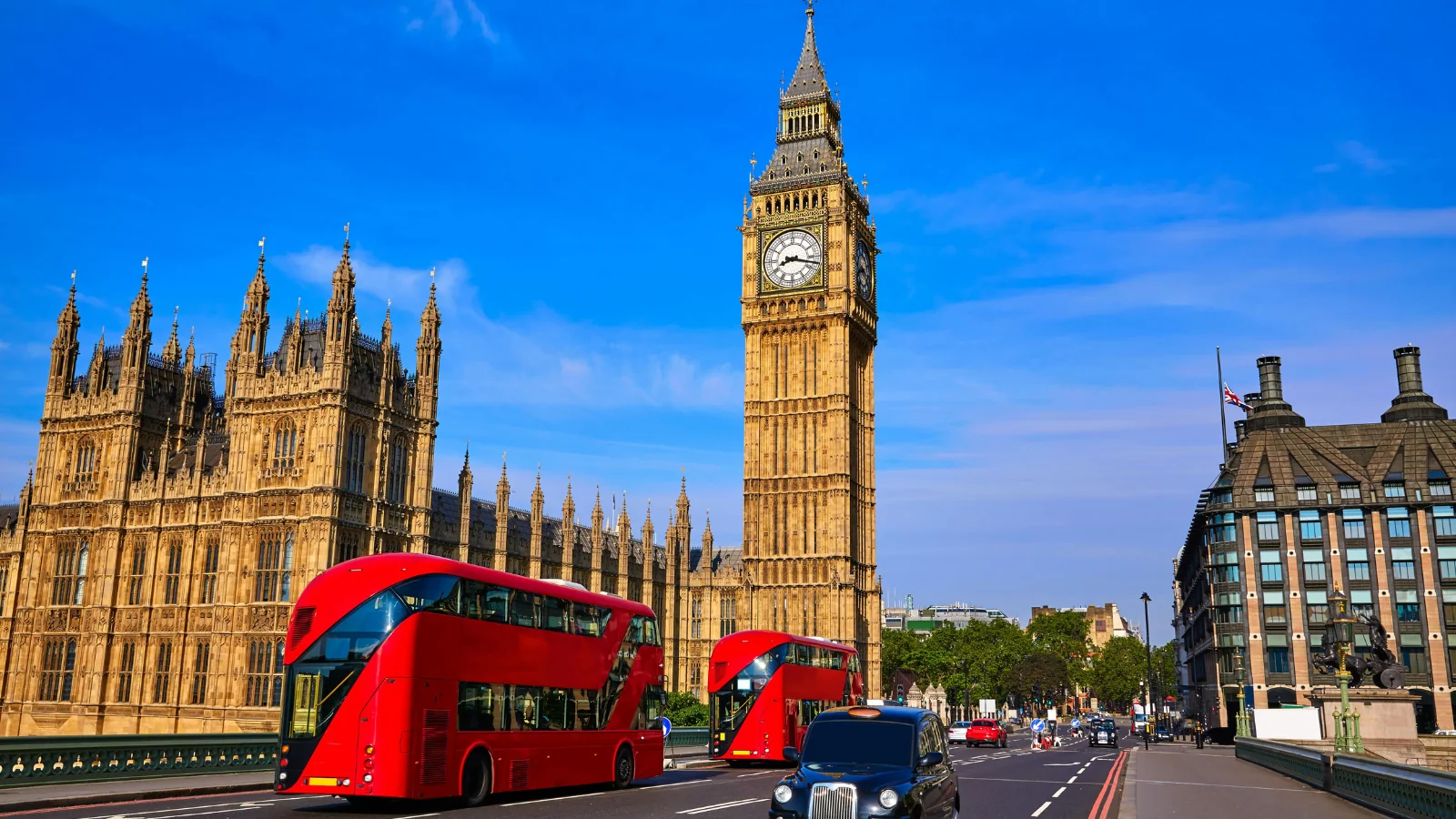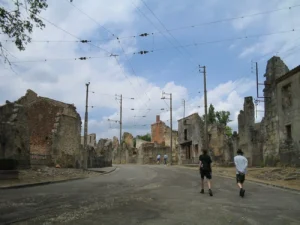The following condensed list presents strategies to travel Europe economically:
- You should explore Europe during the in-between months because they offer both reduced prices and light visitor traffic.
- Teachers can save money on their transport costs by choosing train passes along with budget airlines.
- Hostel and guesthouse living and CouchSurfing offer you affordable accommodation options.
- Genuine dining experiences can be found at open markets as well as restaurants managed by families.
- Thorough planning allows you to secure better travel prices, whereas maintaining flexible scheduling allows you to discover last-minute opportunities.
The Glens of Antrim, a stunning natural area in Northern Ireland, offers spectacular views and walking trails that are free to enjoy, making it perfect for budget travelers. These glens showcase some of the best outdoor scenery in Europe without the need for costly tours or entry fees.
























